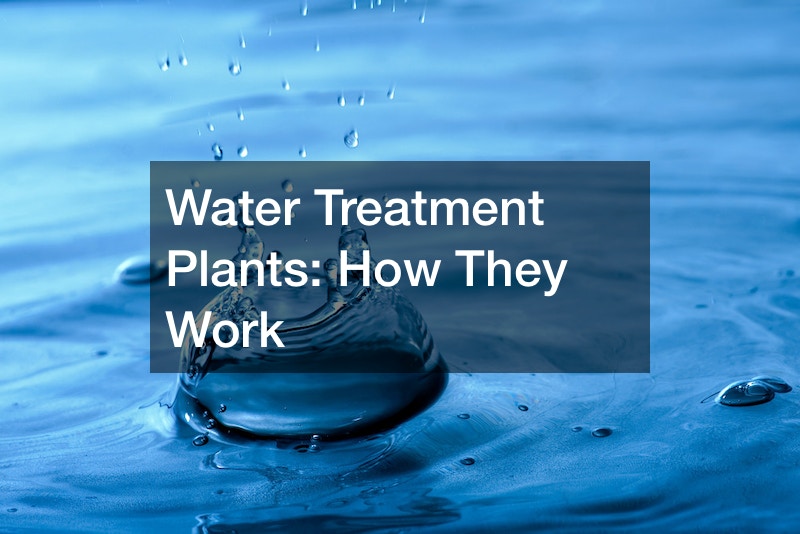Do consumers ever wonder where their water goes when they flush the toilet or grind food in the garbage disposal? On the YouTube channel Concerning Reality, their video “How Do Wastewater Treatment Plants Work” explains how water is treated at wastewater plants. These plants are industrial water treatment plants that purify the water so it can be used by consumers and businesses. Civil engineering has designed a complex system to treat water.
New York City processes 1.3 billion gallons of wastewater daily and 14 industrial water treatment plants. The process for wastewater treatment involves pre-treatment where a bar screen stops sizable items from entering the plant and breaking machinery and clogging pumps. The water goes through grit chambers that remove particles. The next process is called primary clarifier. The secondary treatment process degrades the biological content of the sewage using aeration treatment.
Aeration treatment uses oxygen and bacteria to remove organic matter in the water which is harmful. When the water reaches the disinfection stage in the industrial water treatment process, about 85% of all organic matter is removed.
The final disinfection method uses three different methods. Chlorine is a chemical treatment that is added to water to kill bacteria. The industrial water treatment plants use ozone and ultraviolet disinfection treatment too. After the water is treated, it is pumped back into the local water supply or sent to another treatment plant.

